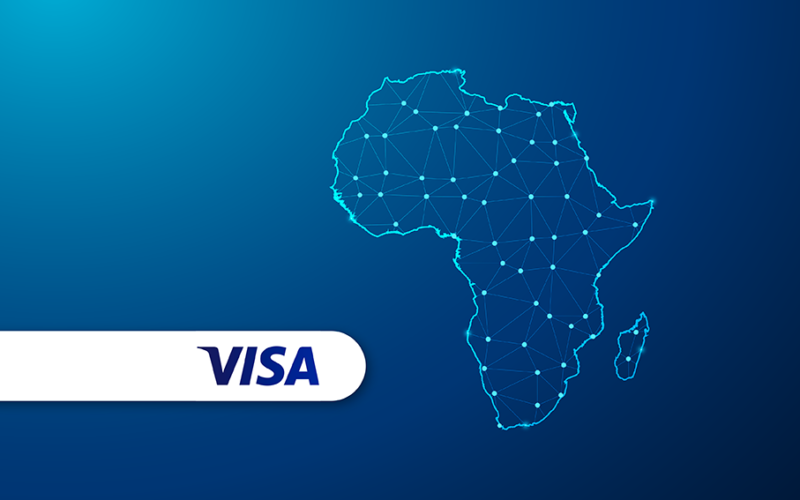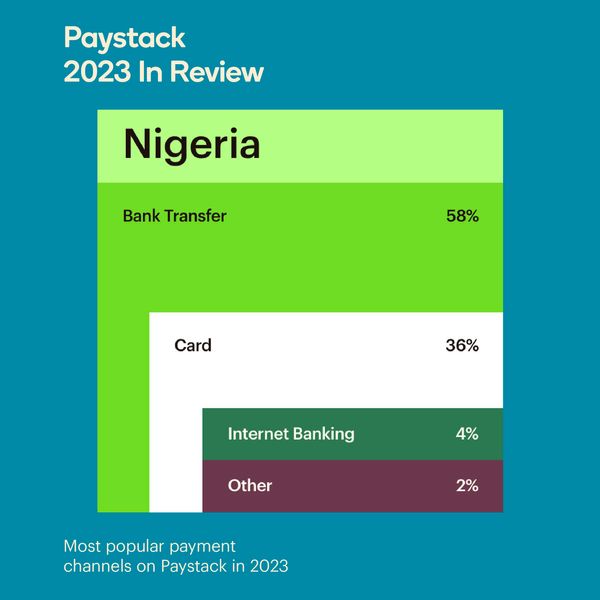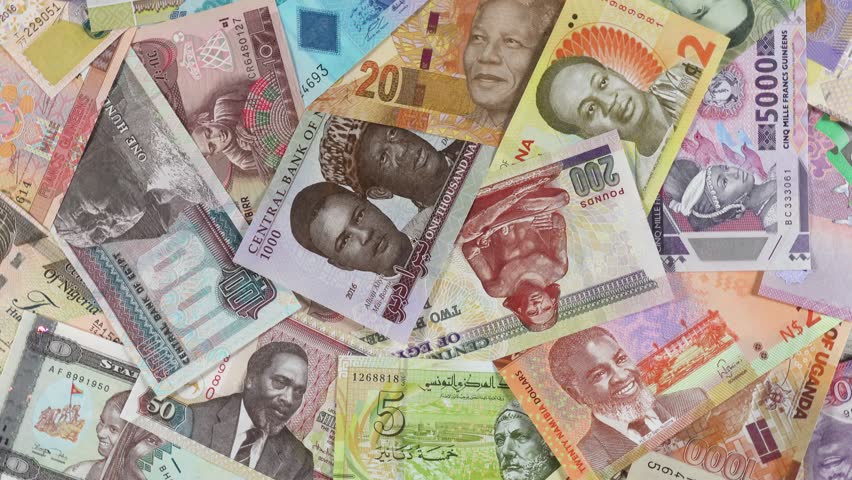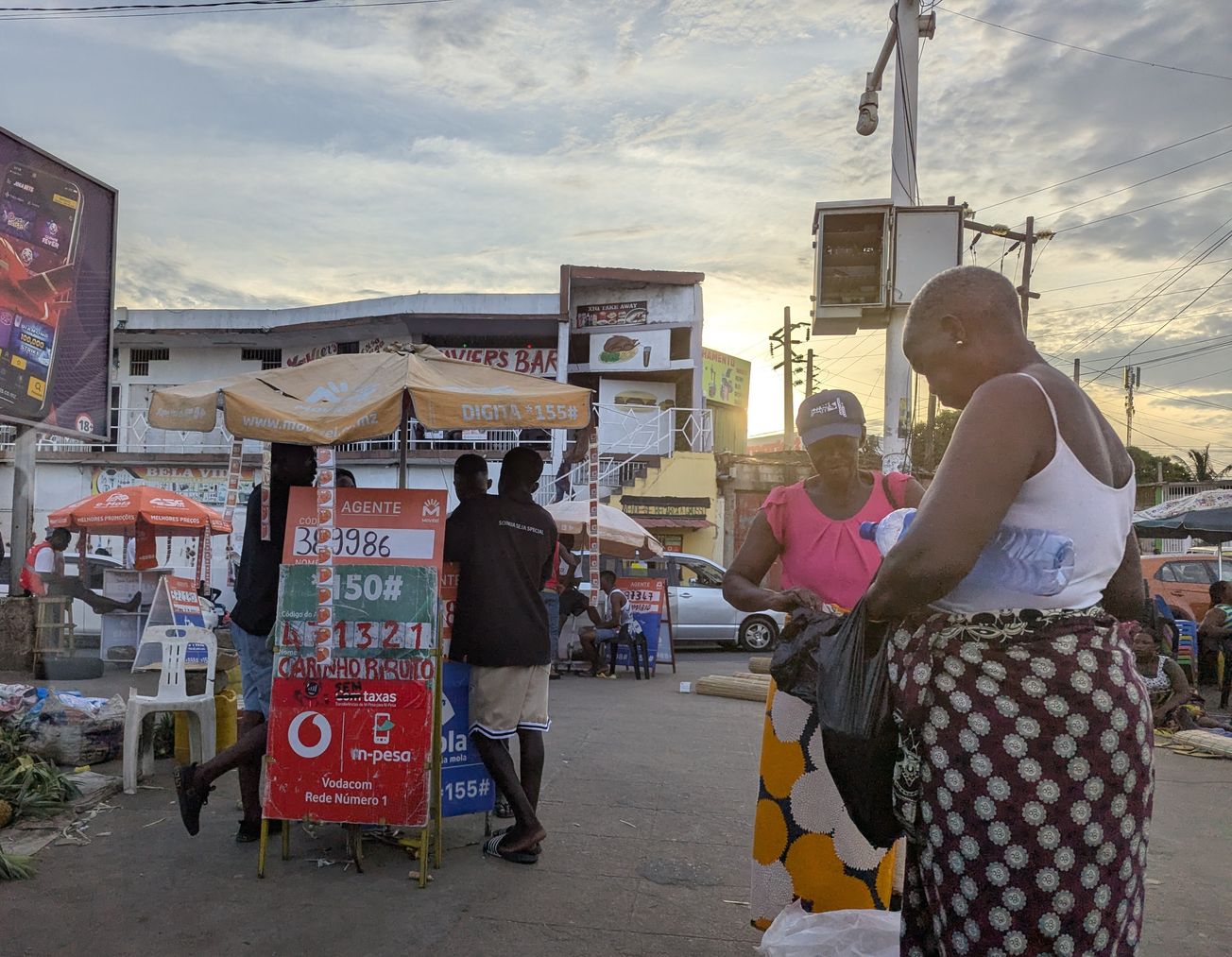All over the world, companies are trying to hasten digital inclusion. Their aim, to change our understanding of the place of 4G handsets in our society. Look at India for example. They made the decision to shut down 3G completely. Question is, how can we make this a priority in Kenya and Africa at large? Well, we can try and achieve this by expanding mobile broadband coverage and start seriously considering affordable smartphones.
Affordable Smartphones are the Future
A recent GSMA report shows that smartphones make up 39% of the 774 million mobile connections in Sub-Saharan Africa. Now, how can we make sure Africans can fully reap the dividends of mobile connectivity? Well, it’s simple; make 4G-enabled smartphone easily attainable for the entry-level market.

SAFARICOM
In the market today, there are already encouraging signs from manufacturers, policymakers and network operators. For example, in Kenya, Safaricom recently rolled out a device financing programme, in partnership with Google and Teleone. The model allows low-income earners access to quality 4G phones at low instalments from as little as Kshs 20 a day.
AIRTEL
Airtel Africa has expanded 4G adoption on the continent as well. With its “more for more” data offers, increasing average data use, 4G is now accounting for more than 60 per cent of its data revenue.
REDUCTION OF TAX BURDENS
There’s another way to encourage smartphone adoption. Reducing the tax burden on mobile phones and services in the form of import duties and sales taxes. In this context, it’s all up to the policymakers to empower citizens with easier access to digital connectivity.
Once smartphones are seen as a commodity, a basic right instead of a luxury, they can be marketed, sold and taxed accordingly. Hopefully, this will bring Africa all the more into the new digital economy.










